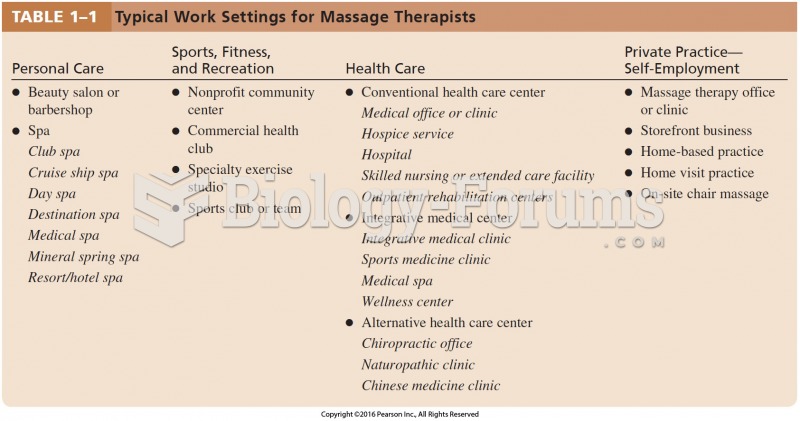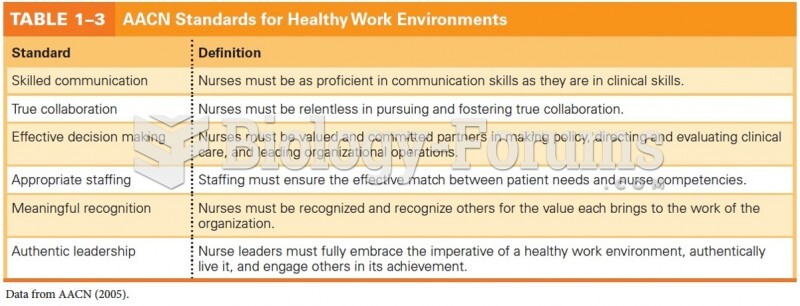Answer to Question 1
d
Answer to Question 2
Music affects a child's total development. Through music activities, children develop:
Physically, by using the body to participate in and create music. Physical development occurs when children listen, sing, and move to music. Music stimulates and develops a child's auditory perception. Making music with hands and instruments fosters the control and coordination of large and small body movements. Research has shown that musicians who play instruments have more ability to use both hands (Weinberger, 2004).
Socially, by learning music skills with and from others. Young children learn about their culture as they sing traditional songs, and they develop cooperative skills as they work together to create a musical moment. At the same time, music ties together all humanity. All societies have tonal music and sing lullabies to their children (Wade,
2003).
Cognitively, by developing the auditory discrimination and spatial relationship abilities of the brain. Music allows children to investigate sequencing and cause and effect. Jensen (1998) notes that playing an instrument helps children discover patterns and develop organizational skills. Although simply listening to music seems to prime children's spatial thinking abilities, numerous studies have found a stronger correlation between spatial reasoning and early instruction in music, particularly as related to learning the piano or keyboard (Costa-Giomi, 1999; Graziano, Peterson, & Shaw, 1999; Hetland, L., 2000; Rauscher et al, 1997).
Linguistically, by talking about and listening to music. Oral language is developed as children compose their own rhythms and songs to express their ideas. Listening skills increase as children pay attention to the music they hear and play. Research has shown that music can help make information more memorable (Wolfe & Horn, 1998). Many adults, for example, rely on the ABC song, learned during childhood, to assist in alphabetizing. Causal relationships have been found between music instruction and reading skill (Butzlaff, 2000). The fact that music perception skills have been found to predict reading success indicate that similar auditory processing is needed for both (Anvari et al, 2001). Music has also been found to help English language learners. Songs can help children gain skill in pronunciation, grammar, vocabulary, phrasing, and speed of delivery (Scripp, 2002).
Emotionally, by using music to express and respond to feelings. Music provides another way for children to express their feelings. Listening to music can also soothe and help children focus better on other tasks (Hetland, 2000). A case study of students who were emotionally disturbed found that they wrote better and had an improved attitude when listening to music (Kariuki & Honeycut, 1998).







